05.17
From Official Nintendo Magazine.
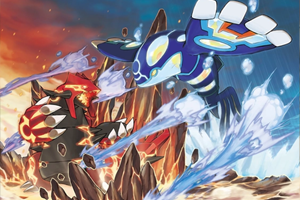 What? It’s Evolving!
What? It’s Evolving!
2003 was a pivotal time for Pokémon, in more ways than one. Already well on the way to its current standing as Nintendo’s second-biggest franchise after Mario, it found its mainstream popularity beginning to wane as its main demographic became teenagers and gradually began to surrender the series to the ages. It would eventually regain popularity, partially in a haze of sepia-toned, 8-bit nostalgia, but a current generation growing up with modern versions, while perhaps aware of its historic significance, will never experience the bona fide phenomenon that was Pokémon in the late 1990s.
Against the turning tides, however, developers Game Freak soldiered on with Ruby and Sapphire versions, the first in the series to be released on the new format of the Game Boy Advance. Building on the spruced world and gameplay mechanics of 2001’s Pokémon Crystal – the first to include the choice of a female protagonist – the first Advance titles were an adventure set in the new, standalone region of Hoenn. Symbolic of the land-and-sea struggle between the cover stars Groudon and Kyogre, the story took the player through a lush island as well as introducing maritime societies that required new methods of worldly navigation, most significantly the ability to dive underwater.
However, aesthetic embellishment was only the tip of the iceberg. Ruby and Sapphire also introduced genuinely game-changing mechanisms that still form a core part of play, from two-vs-two battles to natures and abilities. On top of this, they featured deeper, relatively more thought-provoking plots than a child inexplicably sent out into a life of bloodsport and vigilantism. Both followed the same interlocked story, but from different perspectives. Ruby’s villains, Team Magma, attempted to awaken Groudon and use its power to expand the land as a Pokémon habitat, while Sapphire’s Team Aqua mirrored this in a plan for Kyogre to flood the world for marine life. Although selling significantly fewer units than their predecessors, combined, they remain the highest-selling GBA games.
All of this is why the forthcoming 3DS remakes, Pokémon OmegaRuby and AlphaSapphire, face the added challenge of successfully capturing a revolutionary, if mercurial, time in the series’ history.
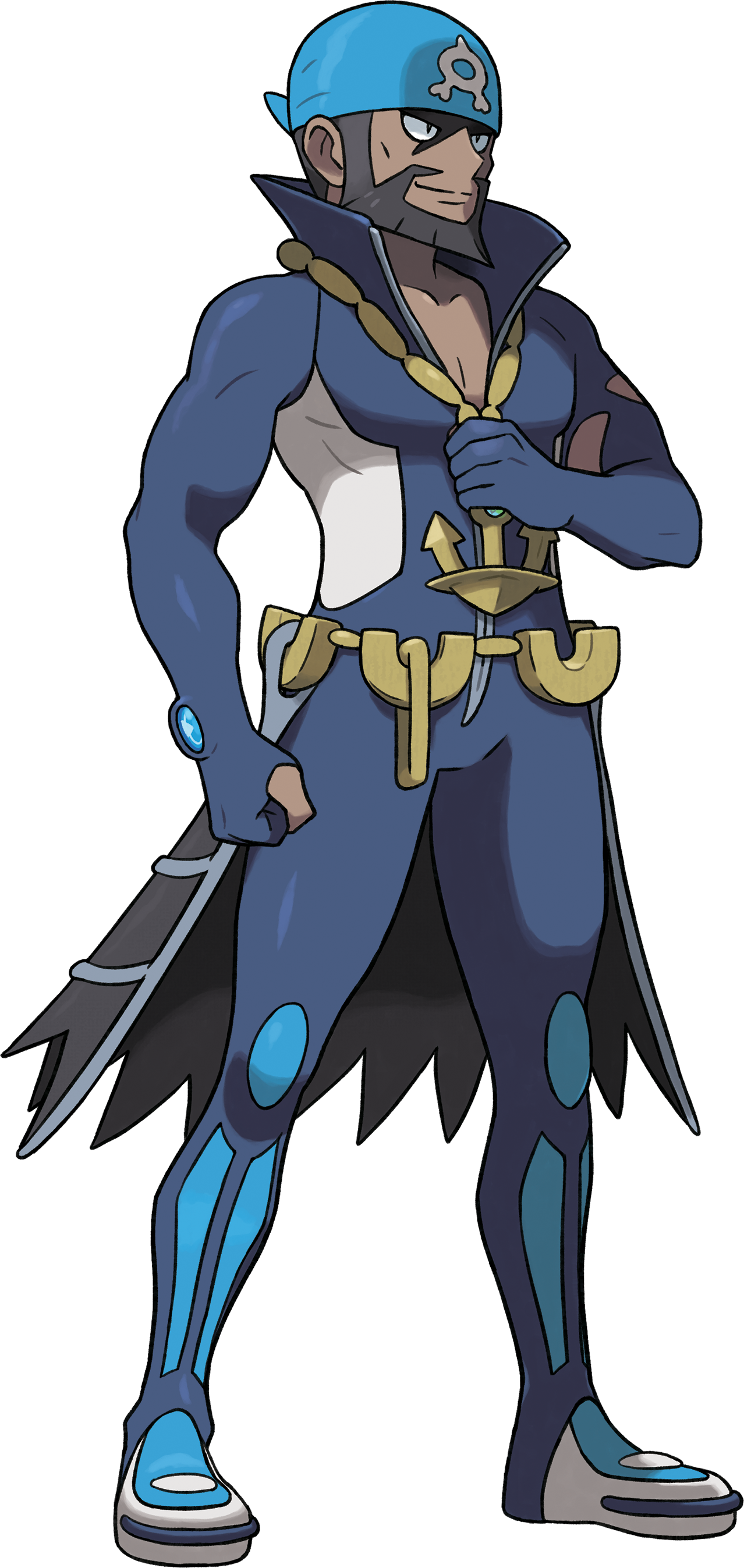 The X (And Y) Factor
The X (And Y) Factor
Last year’s X and Y versions were an unmatched reimagining of the Pokémon World, abandoning the top-down, four-directional view of the past in favour of an immersive, cel-shaded 3D world that offered more liberal movement. OmegaRuby and AlphaSapphire are the first remakes to adopt this new method of presentation, with the volcanic, vivid and varied climes of Hoenn painted in vastly different ways. So far we’ve seen wild Beautifly drift along a bucolic route, the Champion, Steven, gazing upon an ancient mural, and Mr Briney’s boat cutting through the waves against an azure sky. And that’s before we’ve had a proper look at the vast, undersea ravines, the glittering Meteor Falls, the subzero pits of Shoal Cave or the vista from the Mount Chimney cable car. Everything from a cataclysmic weather change to a Gym floor’s lustre looks set to build on X and Y’s detailed, delicate splendour.
Like their noughties counterparts, however, it’s not just a shallow visual polish on offer. Brand new Pokémon are traditionally exclusive to brand new regions, but new forms and powers aren’t unheard of in remakes. OmegaRuby and AlphaSapphire enjoy perhaps the most promising, significant example of this as it carries across another major aspect from X and Y, that of Mega Evolution. This super-power – here activated with the new Mega Bangle accessory – allows old favourites to enjoy a temporary new (often scarier) look, different typing, boosted stats and modified abilities when holding their corresponding Mega Stones. With Mega Blaziken being introduced in the last games, you would have to have been a bit of a Slowpoke not to twig that fellow Hoenn starters Sceptile and Swampert would receive new personas. The former gains a secondary Dragon typing, allowing it to negate its usual Fire weakness. Meanwhile, Mega Swampert’s appropriation of the common trait Swift Swim will up its speed in rain. Coupled with the move Rain Dance, the muscular mudfish could become a menacing sweeper on the battlefield.
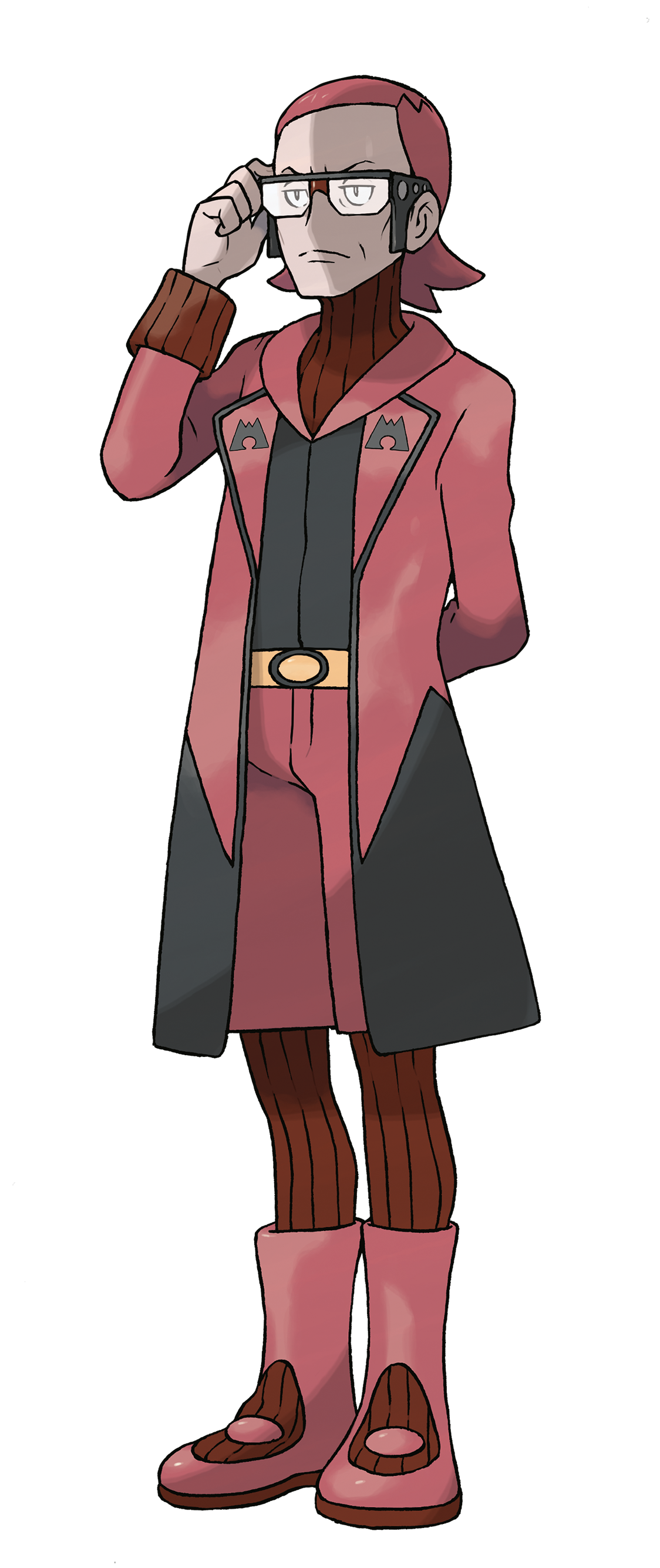 There’s also Generation III ghoul Sableye. While it’s nothing to write home about stat-wise, facing the irksome imp can be a frustrating proposition with a combination of its prioritized status-inducing and defensive attacks. In what’s likely to spark many a ragequit across online competitions, Mega Sableye not only gains more attack and defence but a jewel-shaped shield that bounces back any status moves that an opponent tries to use. Then there’s Mega Metagross, the stuff that Pokefans’ dreams are made of. The robotic arachnid established itself as a firm favourite in Ruby and Sapphire with its overwhelming base attack and defence and sci-fi-like, menacing design. This pseudo-legendary monster receiving an upgrade – further promoting its physical moves with the Tough Claws ability – is a frightening reality indeed. An odd one, though, is Mega Diancie. This elusive sixth generation legendary hasn’t yet been made publicly available, so for it already to be announced as having a Mega form hints of series developments beyond remakes.
There’s also Generation III ghoul Sableye. While it’s nothing to write home about stat-wise, facing the irksome imp can be a frustrating proposition with a combination of its prioritized status-inducing and defensive attacks. In what’s likely to spark many a ragequit across online competitions, Mega Sableye not only gains more attack and defence but a jewel-shaped shield that bounces back any status moves that an opponent tries to use. Then there’s Mega Metagross, the stuff that Pokefans’ dreams are made of. The robotic arachnid established itself as a firm favourite in Ruby and Sapphire with its overwhelming base attack and defence and sci-fi-like, menacing design. This pseudo-legendary monster receiving an upgrade – further promoting its physical moves with the Tough Claws ability – is a frightening reality indeed. An odd one, though, is Mega Diancie. This elusive sixth generation legendary hasn’t yet been made publicly available, so for it already to be announced as having a Mega form hints of series developments beyond remakes.
Most intriguing, however, is the brand new concept of Primal Reversion, usable only by the mascots. Undoubtedly tying in with the story arc of how the two titans raised the continents and filled the oceans in the ancient past, this works in a similar fashion to Mega Evolution but in a more bespoke manner, allowing them to revert to atavistic levels of strength. Groudon acquires a secondary type of Fire and a raised attack, while Kyogre, retaining its pure Water typing, sees an increase in its special stat. The red and blue orbs from atop the ethereal Mount Pyre were originally used to calm their raging spirits when their apocalyptic battle ensued; it’s no great stretch of the imagination to speculate that these could be Mega Stone-like tools used to control their Primal Forms, and you can bet that the antagonistic teams are aware of this.
That said, it isn’t just the creatures themselves that have a new wardrobe. Both the male and female players don a more summery, wetsuit-like get-up. While trainer customisation hasn’t been confirmed to make a return and would be missed, their new look matches the tropical and oceanic wilderness they’ll traverse. Team Aqua leader Archie follows suit – quite literally – and ditches his plain black gear for a skin-tight half-pirate, half-Poseidon number. His newly-bespectacled Magma counterpart Maxie, meanwhile, opts for more of a geologist chic.

All Your Base…
Of course, what would be the point of these new forms, redesigns and wardrobe changes if there wasn’t going to be ample opportunity to show them off? That’s where the social factors of the game come in, with an updated Secret Base mechanism. By using the move Secret Power on certain features of the overworld’s landscape in Ruby and Sapphire, you could hollow out nooks and crannies in trees, bushes and caves to create your own hideaway. These could then be decorated in your own style with dolls, ornaments and interactive toys, and used to host in-game rematches against trainers with whom you had interacted in local multiplayer. This returning Super Secret Base feature and the 3DS’s StreetPass connectivity is a match made in heaven, with these new areas and challenges now set to appear every time you pass a fellow player in the real world, akin to Animal Crossing: New Leaf. Alternatively, you can upload a QR code specific to your base which, when scanned by online players with their 3DS camera, will grant them access.
Friends With Benefits
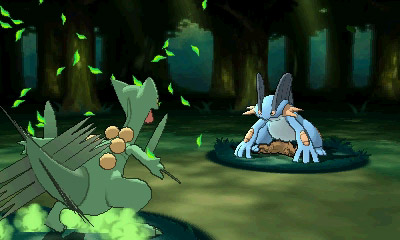 Once your Secret Pals have settled in, talking to them enables you to receive bonuses including speedier egg hatching, an increase in your Pokémon’s level, and new decorations. The Capture the Flag missions return from Diamond and Pearl versions’ underground too, and by stealing these from Super Secret Bases you discover, the aforementioned effects can be intensified. The most exciting prospect, however, is the reported option to establish your own mini-gym with yourself as the Gym Leader and Secret Pals as minions. You will also have the option to set the battle rules. If integrated with care, this could further enhance the sense of community that Pokémon has always based itself upon, and which online functionality has made so palpable in recent years.
Once your Secret Pals have settled in, talking to them enables you to receive bonuses including speedier egg hatching, an increase in your Pokémon’s level, and new decorations. The Capture the Flag missions return from Diamond and Pearl versions’ underground too, and by stealing these from Super Secret Bases you discover, the aforementioned effects can be intensified. The most exciting prospect, however, is the reported option to establish your own mini-gym with yourself as the Gym Leader and Secret Pals as minions. You will also have the option to set the battle rules. If integrated with care, this could further enhance the sense of community that Pokémon has always based itself upon, and which online functionality has made so palpable in recent years.
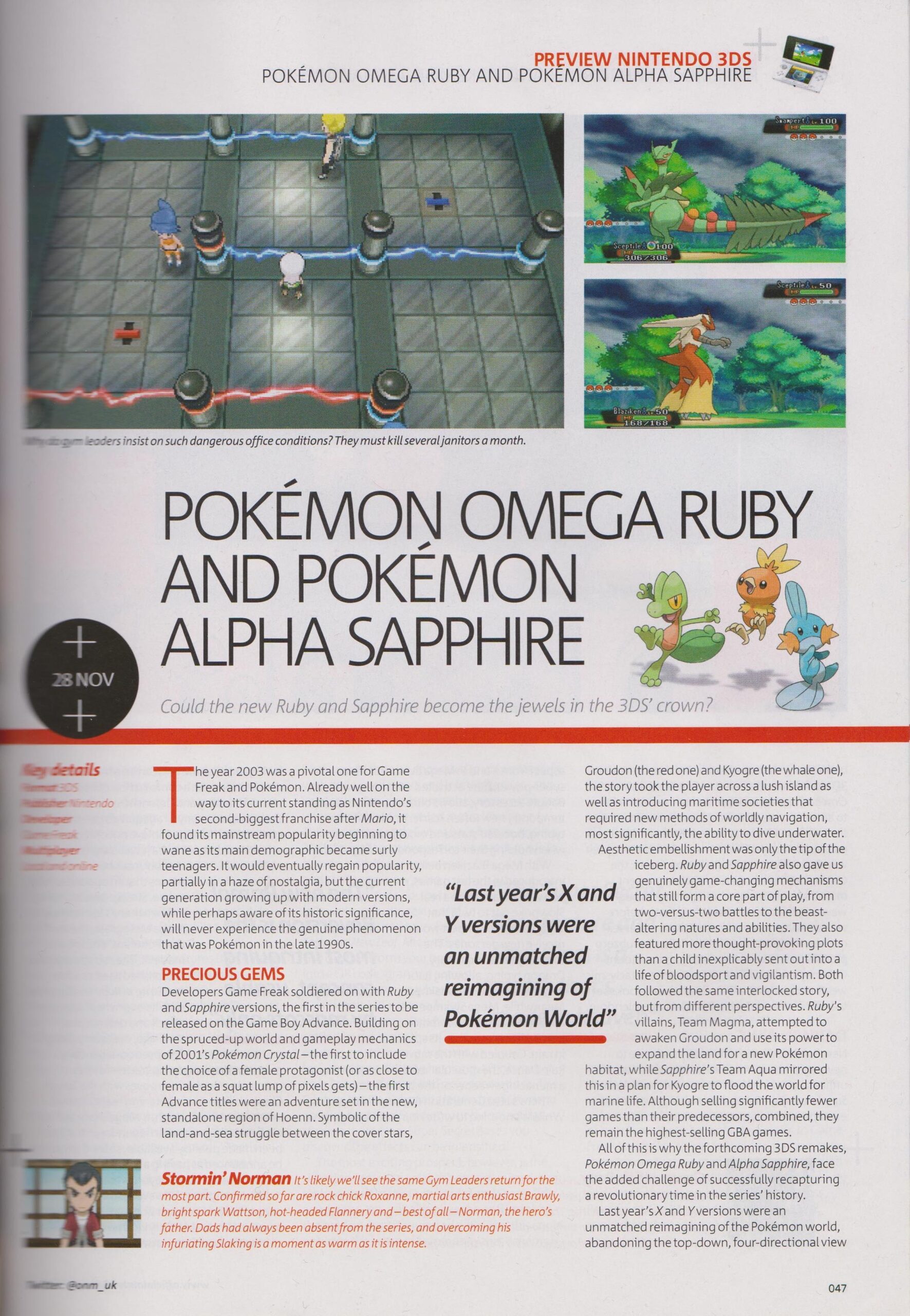 Pokémon Contests also make a comeback, enhanced with the glitz and glamour that their 2D origins could only have dreamed of. While details are sparse, it’s likely they will follow the original rules in which the most stylish of ’mon show off their best attacks to impress judges and score ribbons, which is sure to be a graphical delight on the modern handheld. The announcement of several Village People-esque costumes for Pikachu and the return of Pokémon-Amie suggest that the Poffin-mixing mini-game of old will take a backseat to the interactive, virtual pet element that was used to raise and groom your team in X and Y.
Pokémon Contests also make a comeback, enhanced with the glitz and glamour that their 2D origins could only have dreamed of. While details are sparse, it’s likely they will follow the original rules in which the most stylish of ’mon show off their best attacks to impress judges and score ribbons, which is sure to be a graphical delight on the modern handheld. The announcement of several Village People-esque costumes for Pikachu and the return of Pokémon-Amie suggest that the Poffin-mixing mini-game of old will take a backseat to the interactive, virtual pet element that was used to raise and groom your team in X and Y.
In an age when our shelves sag under the weight of largely aesthetic reboots, it’s a credit to Game Freak that they never fail to also build on gameplay foundations that seemed revolutionary enough the first time around. With newfound popularity and ever-improving technology, the world is Pokémon’s Cloyster, and Ruby and Sapphire might finally get to shine at their brightest.